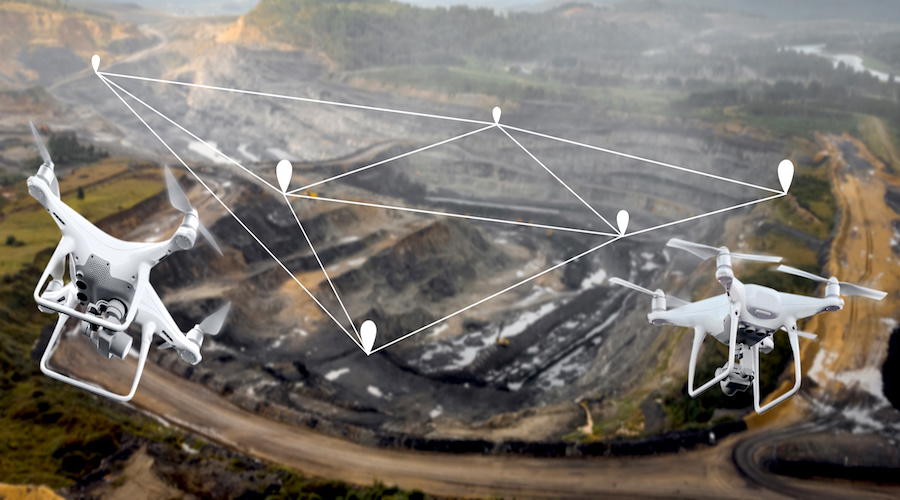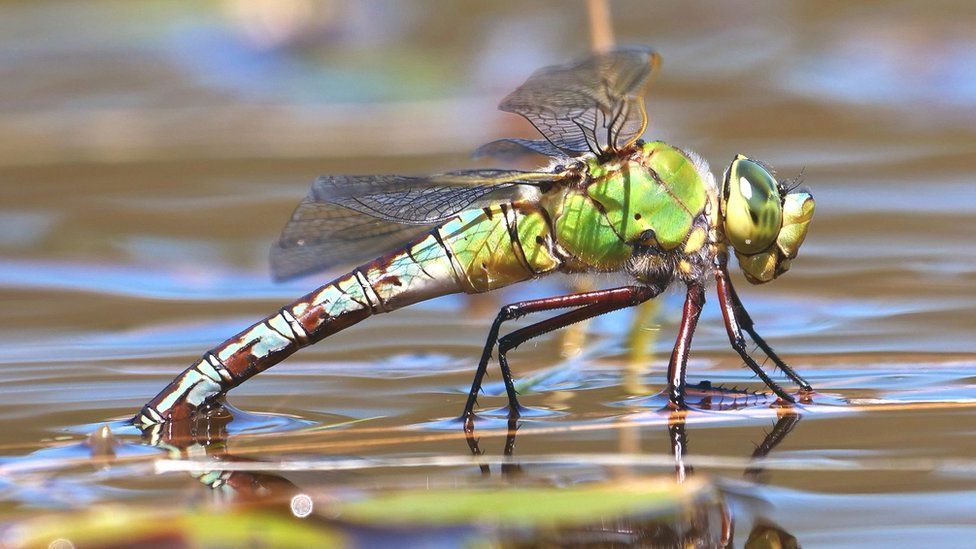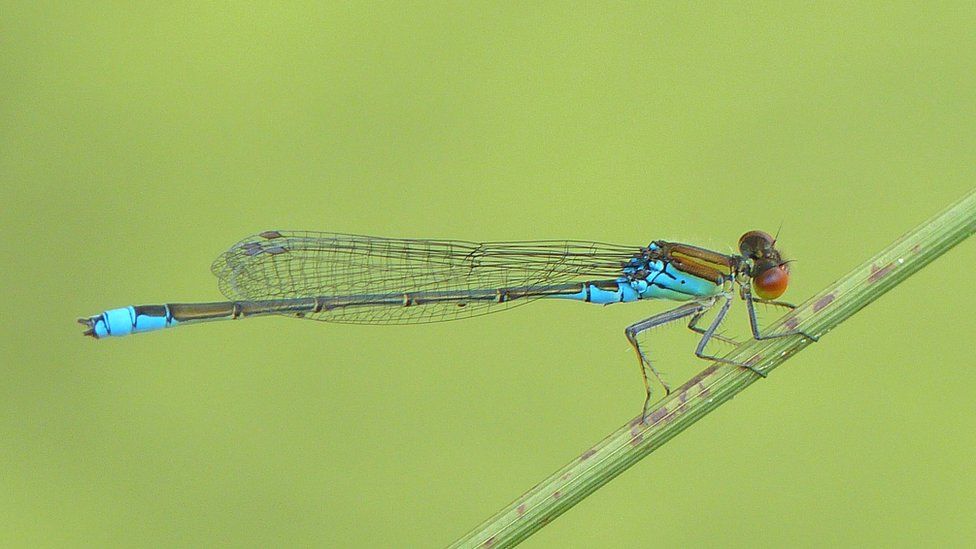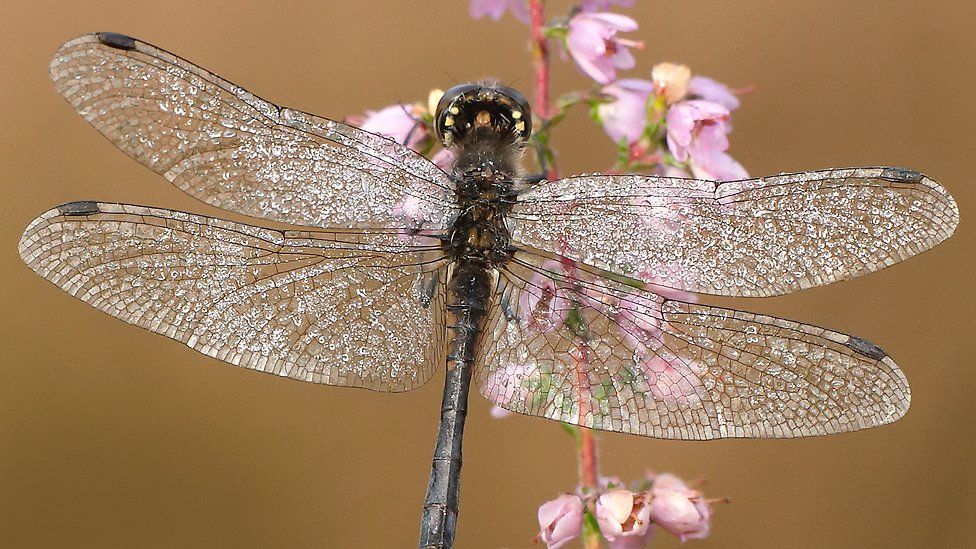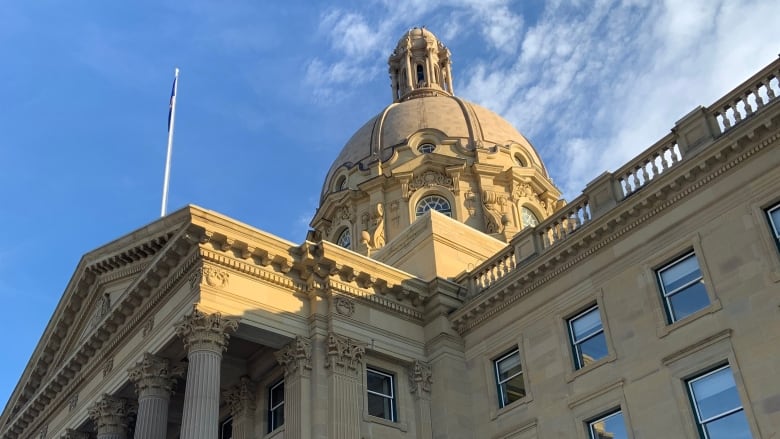Reuters | September 8, 2021 |
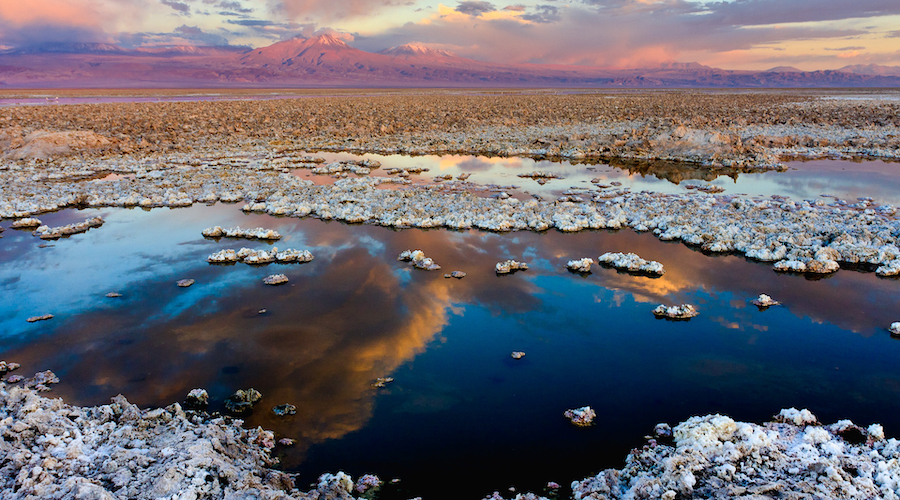
Chile’s Salar de Atacama, pictured here, is the world’s largest and purest active source of lithium. Reference image by Francesco Mocellin, Wikimedia Commons.
Albemarle Corp, the world’s top lithium producer, said on Tuesday it has maintained output from its Chile operations despite an ongoing strike by one of the company’s four unions in the South American nation.

The 135-member “Albemarle Salar” union, which the company said comprises about half the workers at its Salar plant, went on strike in August after failing to reach a labor contract deal with the U.S.-based lithium miner.

The company in a statement said the Salar workers remained on strike – part of a regulated legal process in Chile – but that operations continued apace there and at its La Negra processing plant nearby.
ALBEMARLE’S ATACAMA OPERATIONS IN CHILE ARE A VITAL SOURCE OF LITHIUM
“We have a solid contingency plan that maintains operational continuity and our production at La Negra to continue meeting our customers’ needs,” the company said in the statement.
Representatives of the striking union did not immediately reply to requests for comment.
Albemarle’s Atacama operations in Chile are a vital source of the ultralight white metal used in the batteries that power electric vehicles. Top competitor SQM operates nearby.
The company said it had failed to reach agreement with workers at the Salar union but had struck deals with the remaining three guilds at its operations in Chile.
“We have presented four offers, which have been rejected because they aspire to an end-of-conflict bonus amount that far exceeds what was provided to the other three unions, with whom we successfully concluded negotiations this year,” the company said.
The union on strike has said in a previous written statement that it is particularly disadvantaged by the Salar’s distant location, which it said shortens rest time. The union also expressed concern over inequality around compensation.
Albemarle extracts lithium-rich brine from beneath the salt flat at its Salar plant, then processes the distilled brines into battery grade lithium carbonate at its La Negra chemical plant near the city of Antofagasta in northern Chile.
(By Dave Sherwood; Editing by Bill Berkrot)

